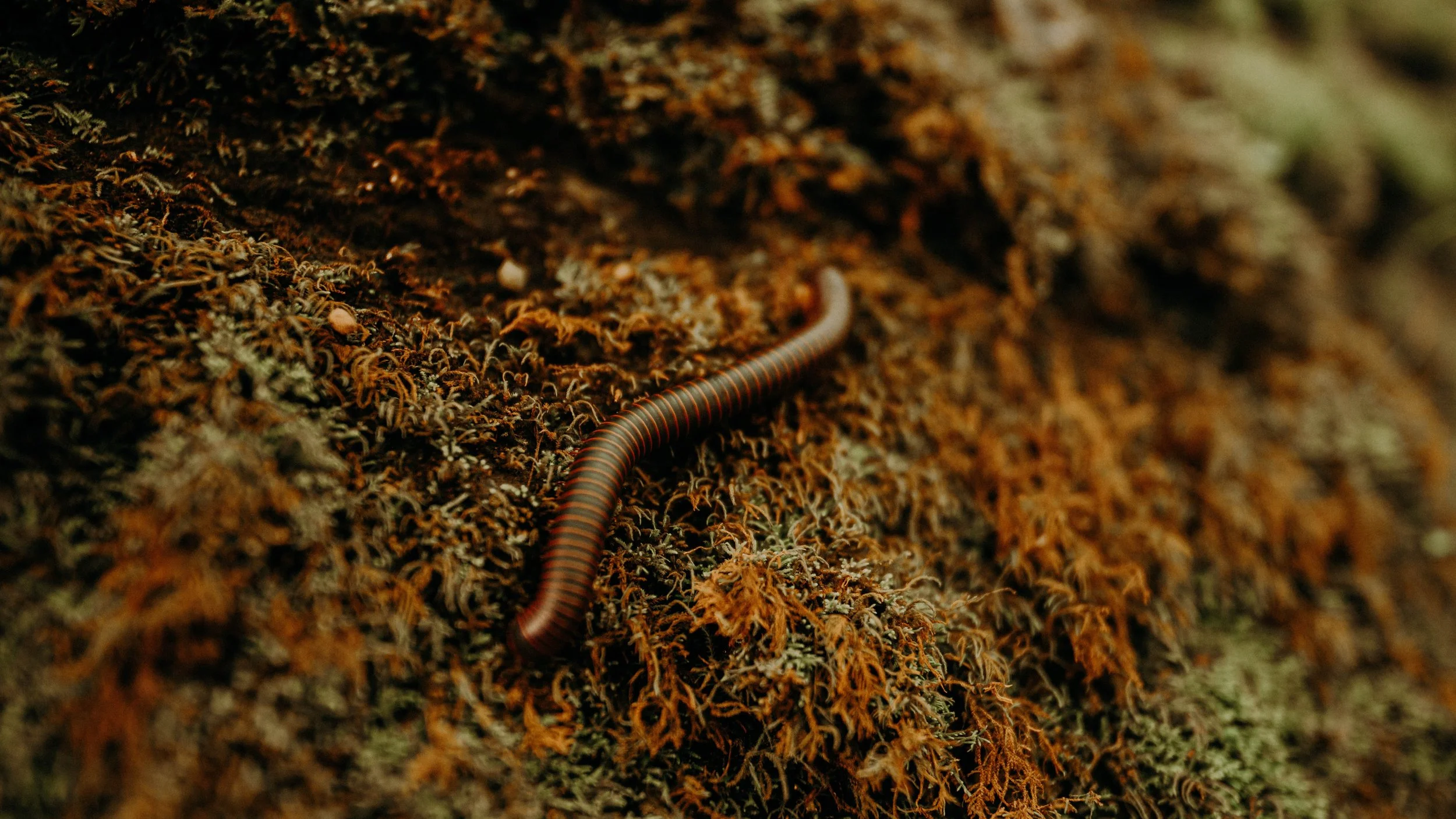Life Science
We have Life Science program options that are appropriate for a range of grades from Pre-K-9th grade. The content and project for each program is tailored to your grade level. All classes can be conducted in both English and Spanish. To find out more or to book a program, click the inquire button below.
Bats - Echolocation
Are bats blind? Enter the world of this unique nocturnal mammal. This hands-on program includes a slide presentation along with discussion of echolocation and the bat's special function in our ecosystem. Learn how bats locate their food using echolocation-simulation. Students make a "bat" project to take home.
NGSS Learning Standards: P-LS1-1, P-LS1-2, P-LS3-1; K-LS1-1, K-ESS3-1; 1-LS1-1, 1-LS1-2, 1-LS3-1; 2-LS2-2
Forensic Archaeology
How much do your bones reveal about you? Classmates team up as Forensic Specialists in this challenging program. Using real human bones as props, teams are briefed about their mysterious discovery and challenged to examine the bones for clues. Specific facts about bones are presented and then the teams hypothesize about what the various aspects of the remains reveal about the person’s age, gender, and their possible demise.
NGSS Learning Standards: 4-LS1-1; MS-LS4-2; Crosscutting Concept: Cause and Effect
Entomology - the world of insects
Students examine the world of insects, including life cycles, form and function with models, specimens and living creatures. Each child receives a live cricket and builds a habitat to nurture and observe his/her cricket. (Notify us upon registration if you prefer a class set of crickets or one for each student.)
NGSS Learning Standards: P-LS1-1, P-LS1-2; K-LS1-1, K-ESS3-1; 1-LS3-1; 2-LS2-2; 3-LS4-3, 3-LS1-1; 4-LS1-1, 4-LS1-2
Botany - Leaves and Seeds
What’s so special about plants? Through hands-on exploration, students learn about plant and seed structure. Topics discussed include seed dispersal, germination, and photosynthesis. Students take home a germination project to nurture and record observations as it grows.
NGSS Learning Standards: P-LS1-1, P-LS1-2, P-LS3-1; K-LS1-1, K-ESS3-1; 1-LS3-1; 2-LS2-1, 2-LS2-2; 3-LS4-3, 3-LS4-4, 3-LS1-1, 3-LS3-2, 3-LS4-2; 4-LS1-1; 5-LS1-1
Forensic Anthropology
Students examine and compare a variety of real animal bones. Using calipers, they will measure each bone and create a bar chart to take home. Together they re-assemble a human skeleton model.
NGSS Learning Standards: 1-LS3-1; 3-LS3-1, 3-LS3-2, 3-LS4-2; 4-LS1-1
Ecosystems - Choose from 3 themes
Rainforest Ecosystems: Take a journey through a tropical rainforest to discover this unique ecosystem and its effect on the world. Students will learn about forest layers, animals, plants, and products using a variety of unusual and rare hands-on materials. A slide show of photos of the Amazon and Australian rainforests emphasize the importance of this resource.
River Ecosystems: Using water samples from a local river source, students assess water quality and discuss the negative effect of various environmental factors on the river. Students learn about the plants and animals that make up a river environment and their interdependence. Students design food chains and food webs for greater clarity and understanding of this delicate ecosystem.
Forest Ecosystems: Students view slides, observe plant specimens, and conduct a pH test on soil. They discover the healthy role of fire in maintaining the local endangered forest ecosystem of the Pine Barrens, as well as the role that the Pine Barrens plays in maintaining our aquifer. This program features natural and social science topics with a specific emphasis on Long Island, its people, and its landscape.
NGSS Learning Standards: P-LS1-1, P-LS1-2; K-LS1-1, K-ESS3-1, 2-LS2-2, 2-LS4-1; 3-LS4-3, 3-LS4-4, 3-LS4-2, 3-ESS2-2; 4-LS1-1, 4-LS1-2; 5-LS1-1, 5-ESS3-1; MS-LS2-1, MS-LS2-4, MS-LS2-5, MS-ESS3-4
Be a Microbiologist
Bacteria, viruses everywhere! Why do some of them make us sick? Learn how easily germs are spread. Follow the path of germs in your classroom using Glogerm and black lights. Fight the spread of germs by learning bacteria elimination techniques. Students check their own hands under our “GermDetector.” A unique experience!
NGSS Learning Standards: 4-LS1-1; PreK-6 Standard 1 Personal Health and Fitness
Your Genetic Traits
Jump into genetics with a fascinating examination of common traits. Students take data, make comparisons, and discover how individuals are unique and similar at the same time. Experiments with tongue rolling, taste testing, and other genetic traits are explored.
NGSS Learning Standards: P-LS3-1; 1-LS3-1; 3-LS3-1, 3-LS3-2, 3-LS4-2; MS-LS3-1, MS-LS4-5, MS-LS4-6
Your Senses
Students will touch, taste, listen, see and smell their way to discovering how all 5 senses are used to interpret the world around them. They learn how the senses are part of an interrelated system.
NGSS Learning Standards: P-LS1-2; 4-LS1-1, 4-LS1-2, MS-LS1-8
The Science of Emotions
Where do emotions come from? Students will explore the science of emotions, where they come from and some ways to cope with and relieve stress. Participants will make a homemade bouncy ball.
NGSS Learning Standards: 4-LS1-2; MS-LS1-8
Gross Anatomy
Human bodies are weird, wonderful places that can also be pretty gross. Come learn about all the ways your body uses yucky substances, sounds, and smells to keep you healthy and safe. Make some sticky mucus to test and take home.
NGSS Learning Standards: K-LS1-1, 1-LS1-1, 3-LS4-2, 4-LS1-1, 4-LS1-2, 5-LS2-1
Your Body is a Zoo
You know what? You are not alone. There are millions of creatures living on and in your body. Most of these living things are bacteria and fungi, but a few are tiny animals. For all of them, your body is their ecosystem where they can live and reproduce. Come learn about our relationships with these amazing creatures and build your own “cute” body critter.
NGSS Learning Standards: P-LS1-2, K-LS1-1, 2-LS2-2, 2-LS4-1, 3-LS4-3, 3-LS1-1, 3-LS3-2, 4-LS1-1, 5-LS2-1, MS-LS1-1, MS-LS1-2, MS-LS1-3, MS-LS2-3, MS-LS2-4, MS-LS2-2, MS-LS2-5,
Body Systems - Dissections
Dissection is a great way to gain a better understanding of anatomy and the complexity of organisms. Hands-on exploration of internal structures cannot be replaced by paper, video, or even virtual experiences. A variety of specimens are available for both individual and group dissections, including rodents, birds, reptiles, insects, owl pellets, and earthworms.
NGSS Learning Standards: MS-LS1-3, MS-LS4-3, HS-LS1-3














